
DEEP INTO THE COMMUNITY
Black Diamond Athlete Angela Hawse is a guide for change.
You're eligible for Free Shipping!
$0.00 USD
Years ago the UIAA published a warning (and I even remember it being written up in one of the climbing mags) that using a Sharpie to mark your rope probably isn't a good idea. Here's the relevant excerpt:
Tests done by the UIAA Safety Commission and some rope manufacturers have shown that marking ropes with liquids such as those provided by felt-tipped pens can damage them; even with those markers, sold specifically for marking ropes. The test results have shown a decrease of up to 50% of the rope strength, more correctly: of the energy absorption capacity of the rope (expressed by the number of falls in the standard test method in accordance with the UIAA Standard101).Therefore the UIAA Safety Commission warns against marking a rope with any substance that has not been specifically approved by the rope manufacturer of that rope.Personally I questioned the applicability of these tests in real-world scenarios. The UIAA test is consistent and an industry standard for sure, but it's also extreme. Their test imposes a violent high-impact (fall factor 1.78 with a static belay) on the same section (in the above mentioned case, on the middle mark) of a rope, repeatedly, until it breaks. Not very realistic in everyday use. Think about that for a second: to have the middle of your 60-meter rope be the point where the rope is loaded during a fall, then you would have to be taking a HUGE 60-meter whipper—not very common.
At Black Diamond, we don't make ropes, and though we do have a drop tower, we don't have the ability to perform official UIAA drop tests. However, I'm a curious guy, so I had my crack crew of engineers grab a few cords, mark them up with a Sharpie, and pull them in the tensile tester. As expected, the ropes always broke at the knot—the Sharpie's middle mark seemingly having no effect on the strength of the cord during this test.
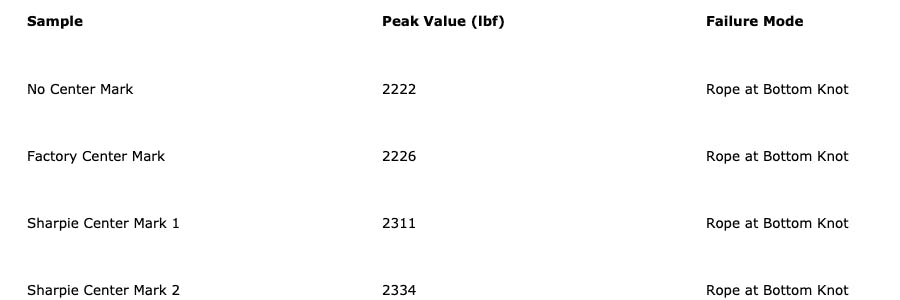
I don't think Sharpies or any other permanent markers have really been proven to actually damage nylon—short-term or long-term. However, I can't recommend them for use on rope either because the manufacturers will not and cannot guarantee that the marker will always be free of possibly harmful chemical ingredients. In other words, they can change the formula on a whim and none of us would be the wiser.
The simplest solution, if you're worried about the effect a marker will have on your rope, is to buy a rope with dual pattern. It makes identifying the middle point simple and permanent. If you have a rope already and it's not dual patterned and the middle marker has faded, I recommend using the rope manufacturer's recommended middle marker ink to re-mark it. And you can always used the tried and true method of finding the middle each time by starting at both ends and coiling until you find the center.
Climb safe—
KP
Kolin Powick (KP) is a Mechanical Engineer hailing from Calgary, Canada. He has nearly 20 years of experience in the engineering field and has been Black Diamond's Director of Global Quality since 2002. Kolin oversees the testing of all of Black Diamond's gear from the prototype phase through continual final production random sample testing. If you have a technical question for KP, please email him at askkp@bdel.com and he will TRY to respond.
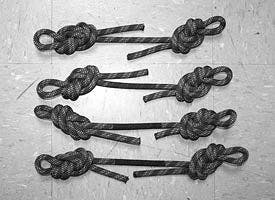
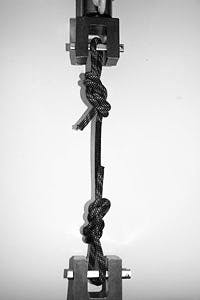
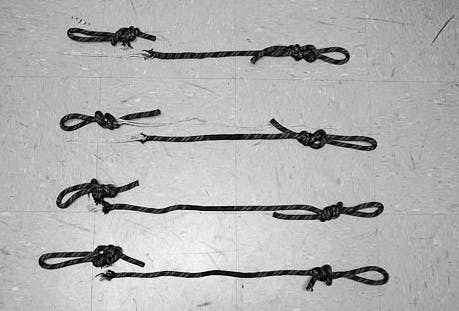



Follow BD Athlete Yannick Glatthard deep into the Swiss Alps as he shares his home...
Follow BD Athlete Yannick Glatthard deep into the Swiss Alps as he shares his home mountains with close friends.

Follow Dorian Densmore and Mya Akins for another winter season of steep Alaskan spines, backyard...
Follow Dorian Densmore and Mya Akins for another winter season of steep Alaskan spines, backyard couloirs, and deep adventures in the mountains.
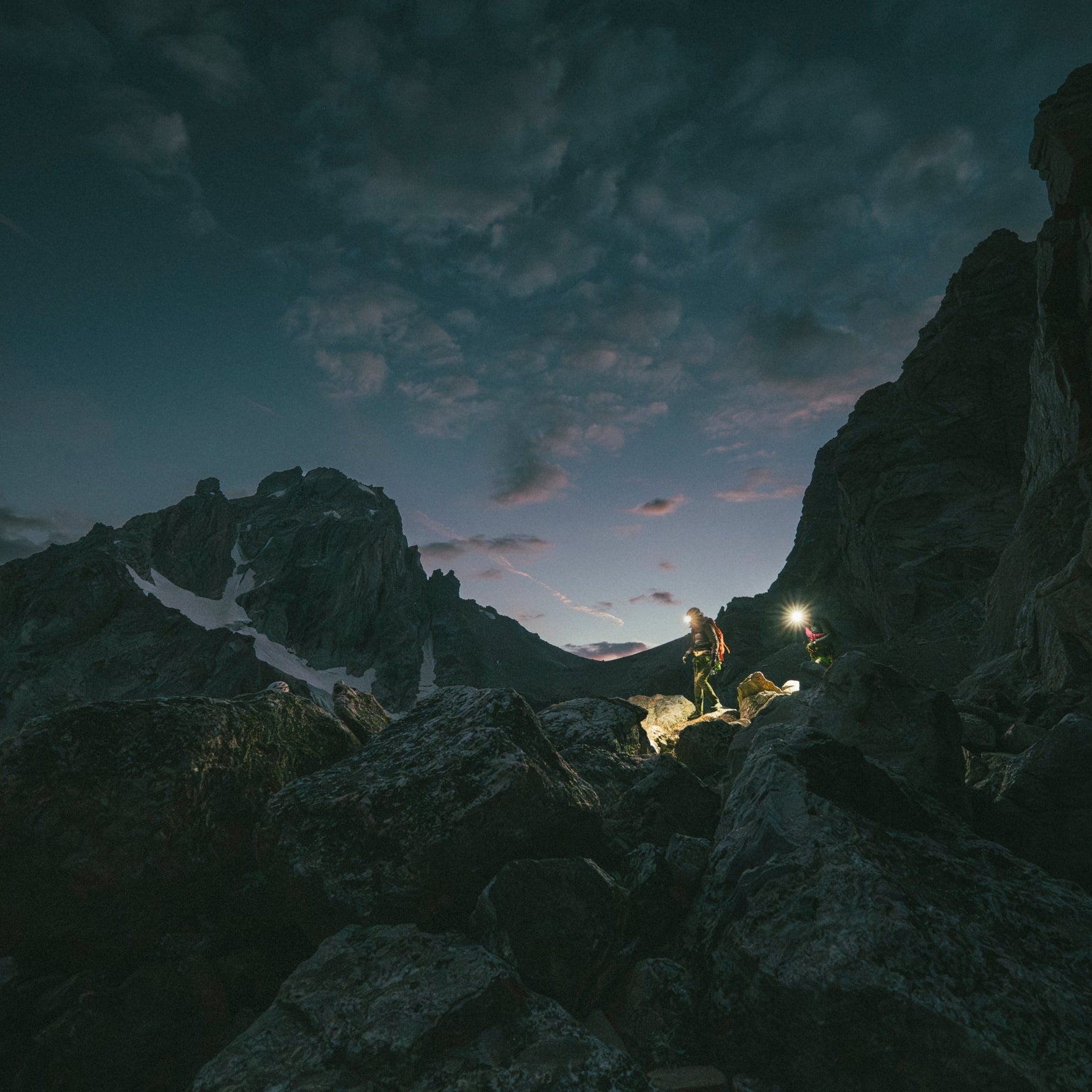
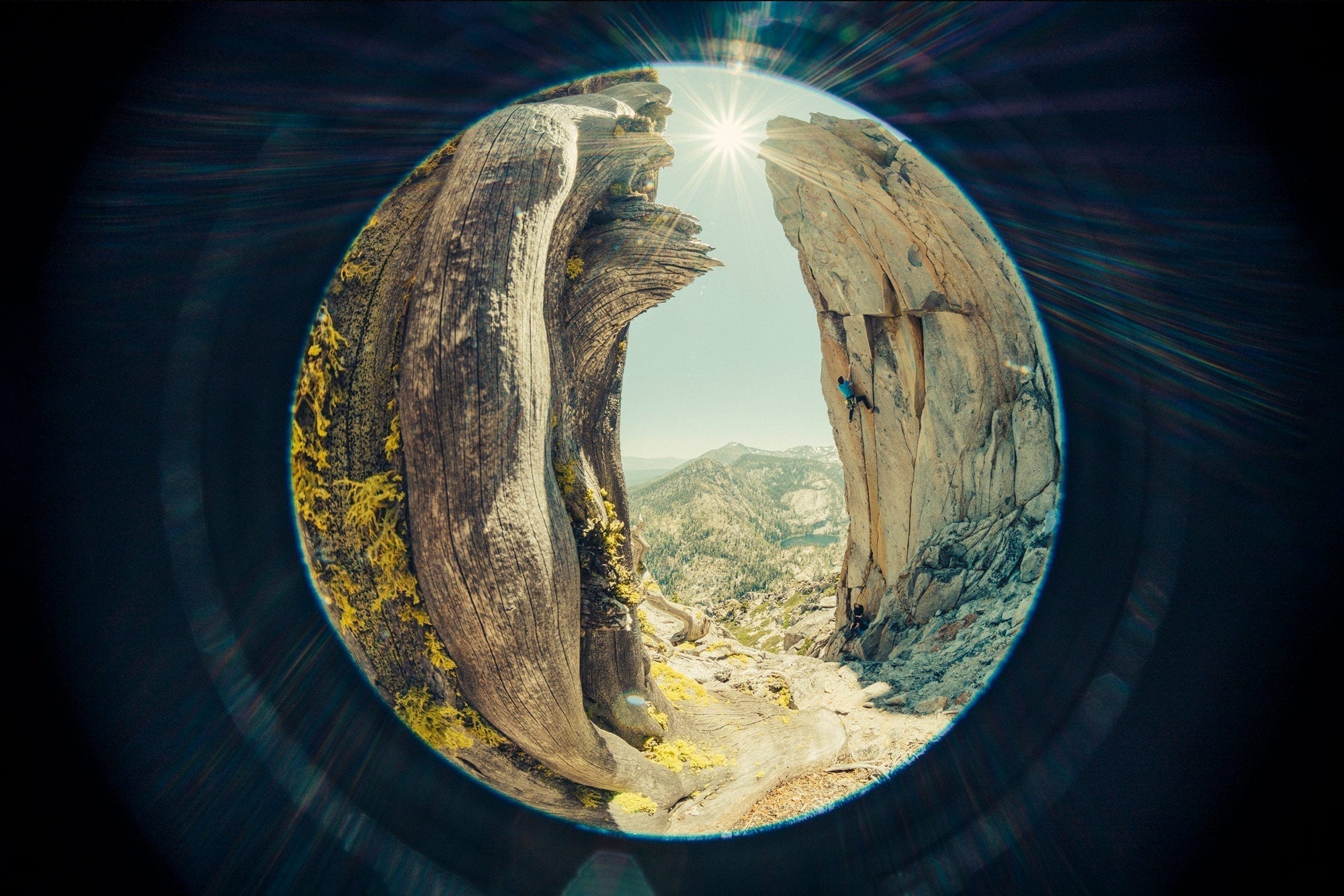
Watch BD Athlete Alex Honnold throw down on some hard trad high above Tahoe.
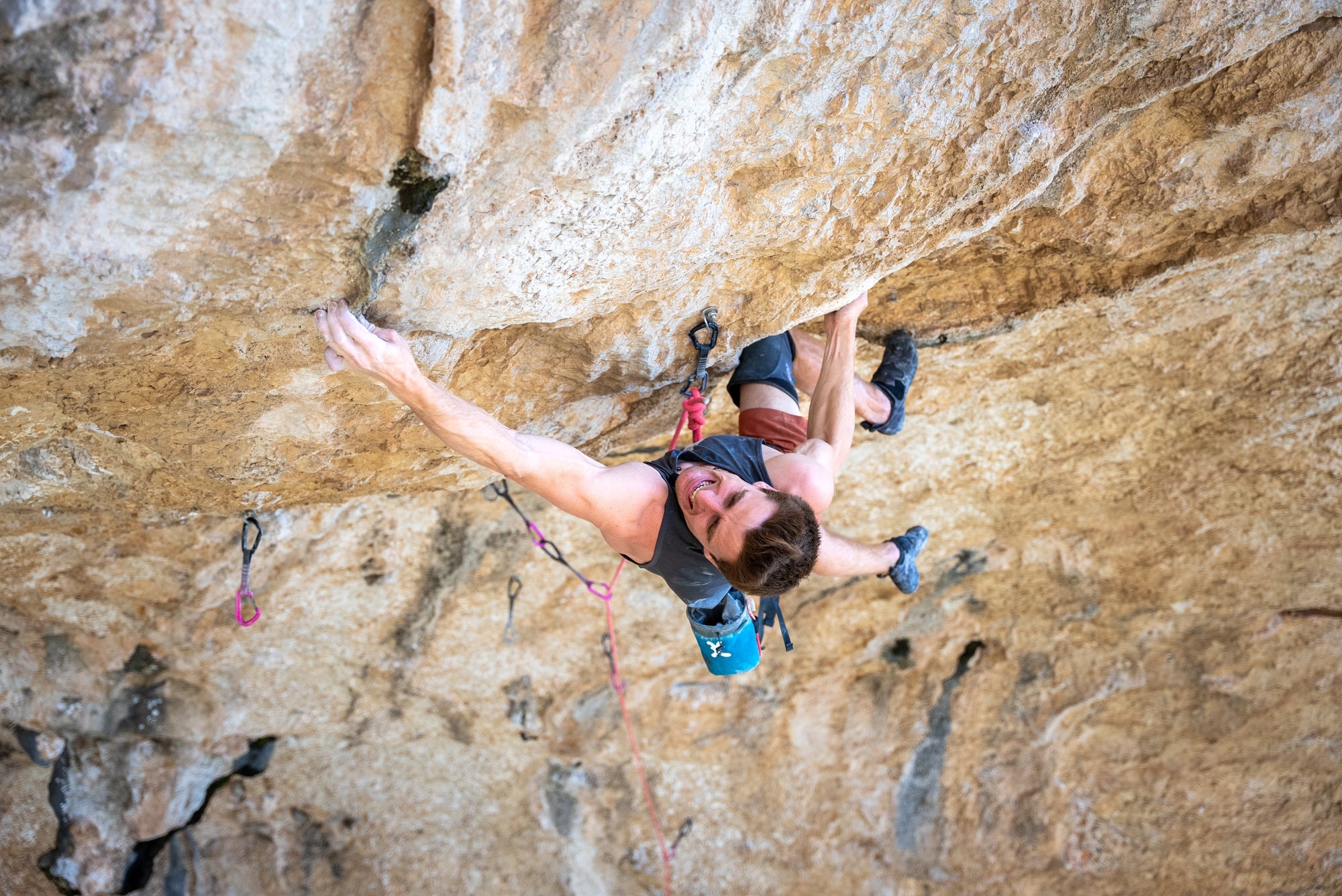
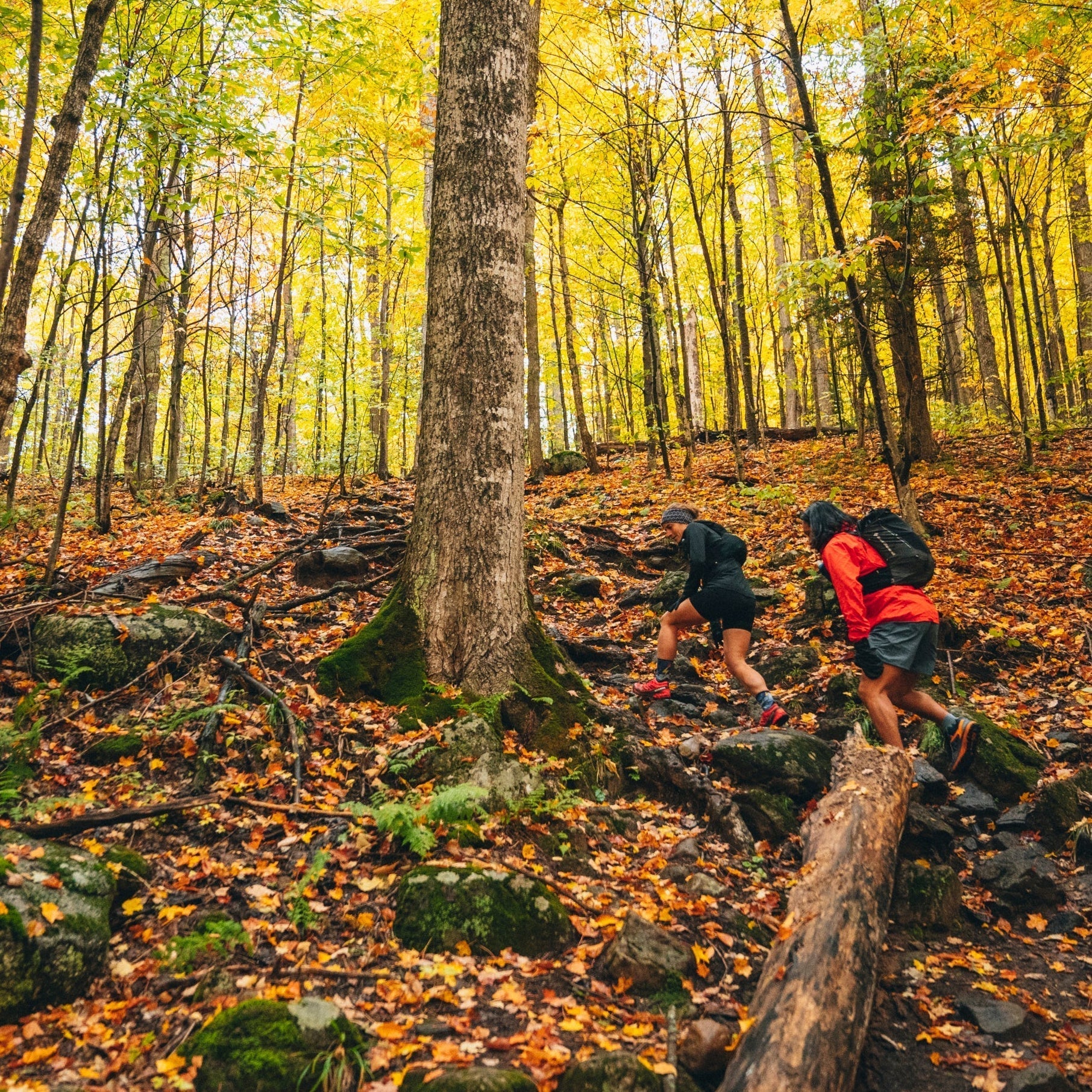
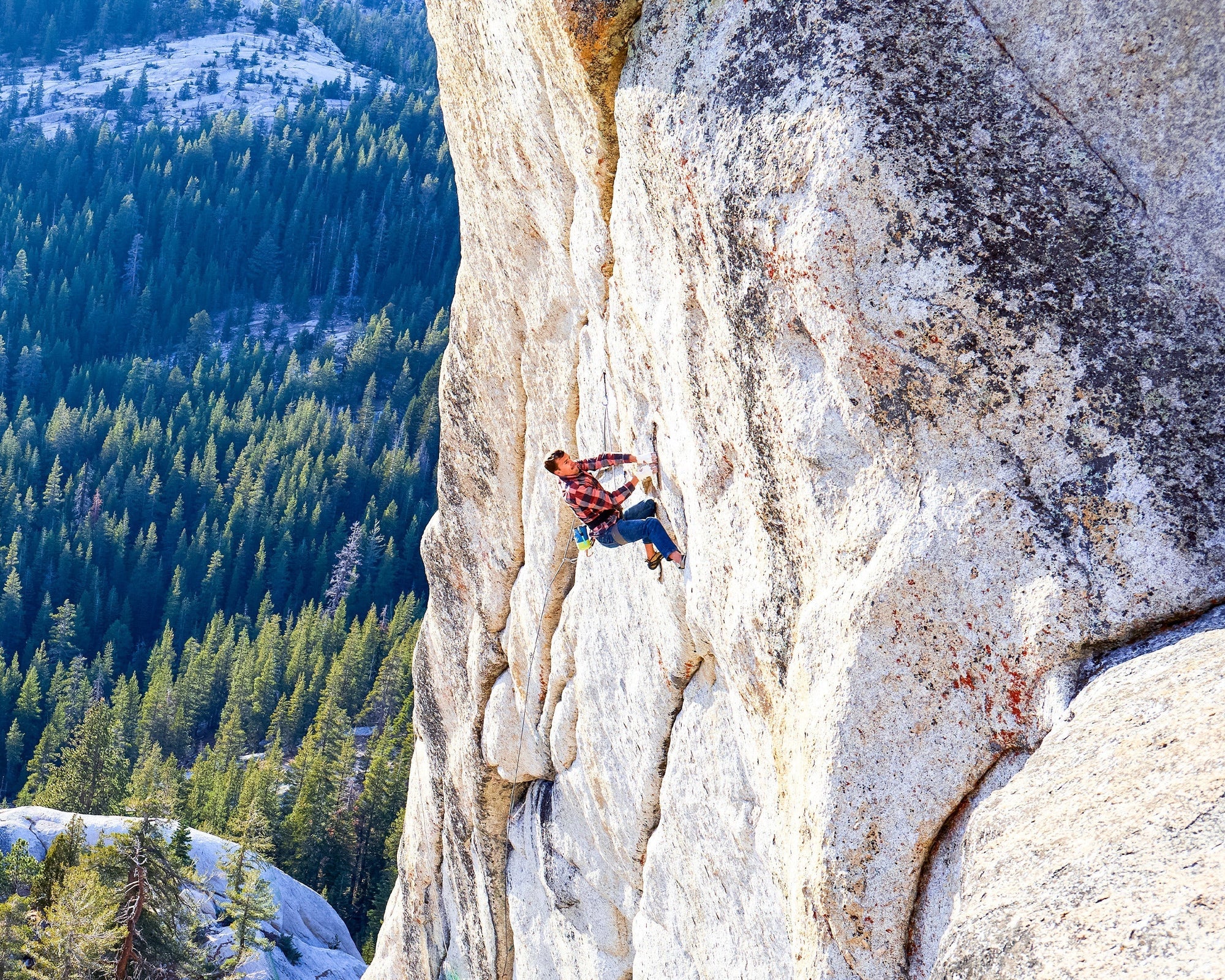
In 2012, filmmaker and photographer Ben Ditto, and professional climber Mason Earle equipped an immaculate...
In 2012, filmmaker and photographer Ben Ditto, and professional climber Mason Earle equipped an immaculate line in Tuolumne’s high country. But their attempts to free the route were thwarted when Mason’s life changed drastically. With the help of Connor Herson, Ditto and Mason found a way to keep the dream alive.
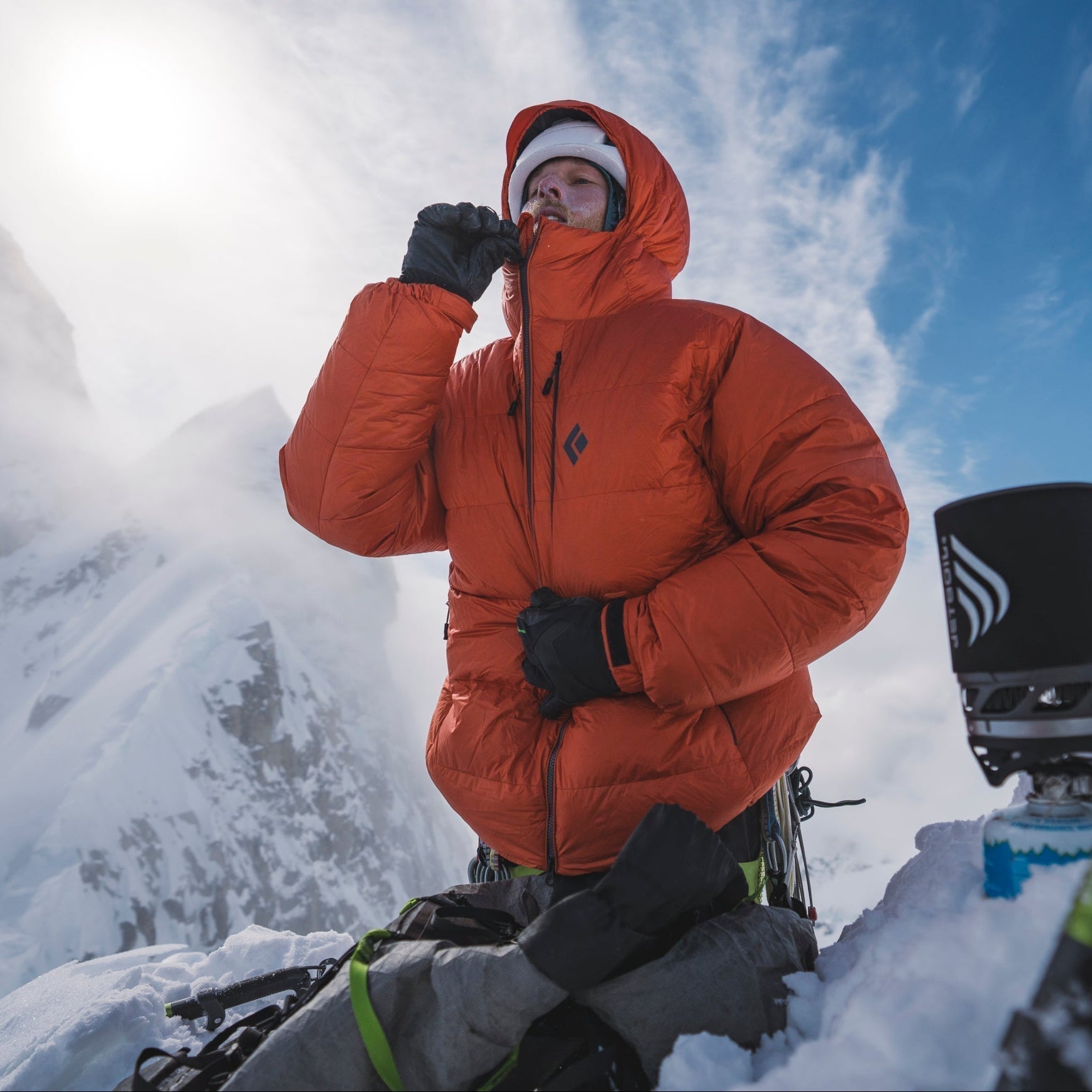
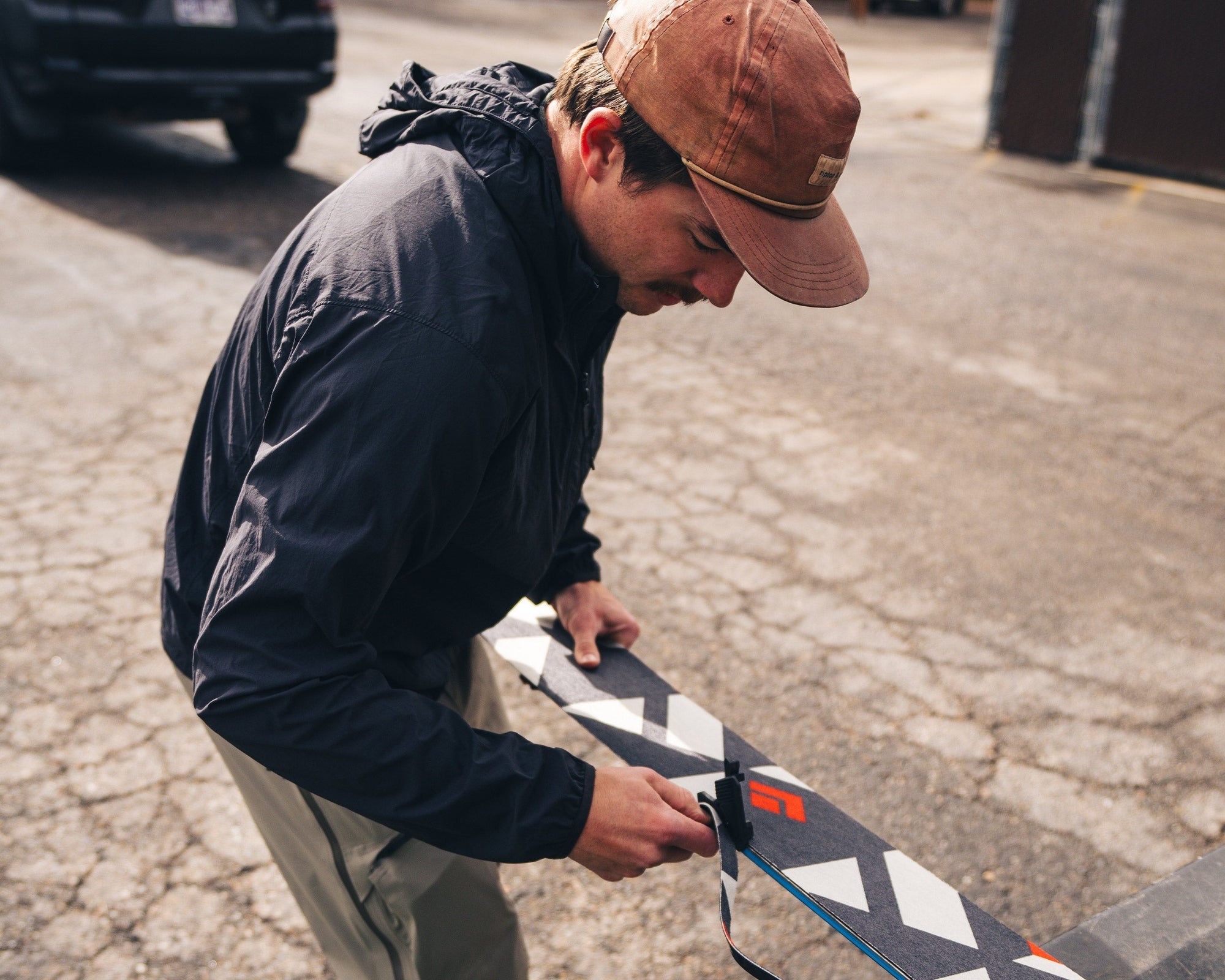
Watch and learn as our Field Test Coordinator runs you through a step by step...
Watch and learn as our Field Test Coordinator runs you through a step by step process of trimming and setting up any STS-style Black Diamond skin.


Every climber has a few lines they dream about. Whether inspired or haunted—or sometimes both—these...
Every climber has a few lines they dream about. Whether inspired or haunted—or sometimes both—these lines can push us beyond what we thought we were capable of, in turn teaching us who we really are. BD Ambassador Ethan Salvo recently restructured his entire life to focus on two climbs that pulled him into the void with only one way out … getting to the top. This is his story of sending Dreamcatcher and becoming the first Canadian to climb V16 in the same week.
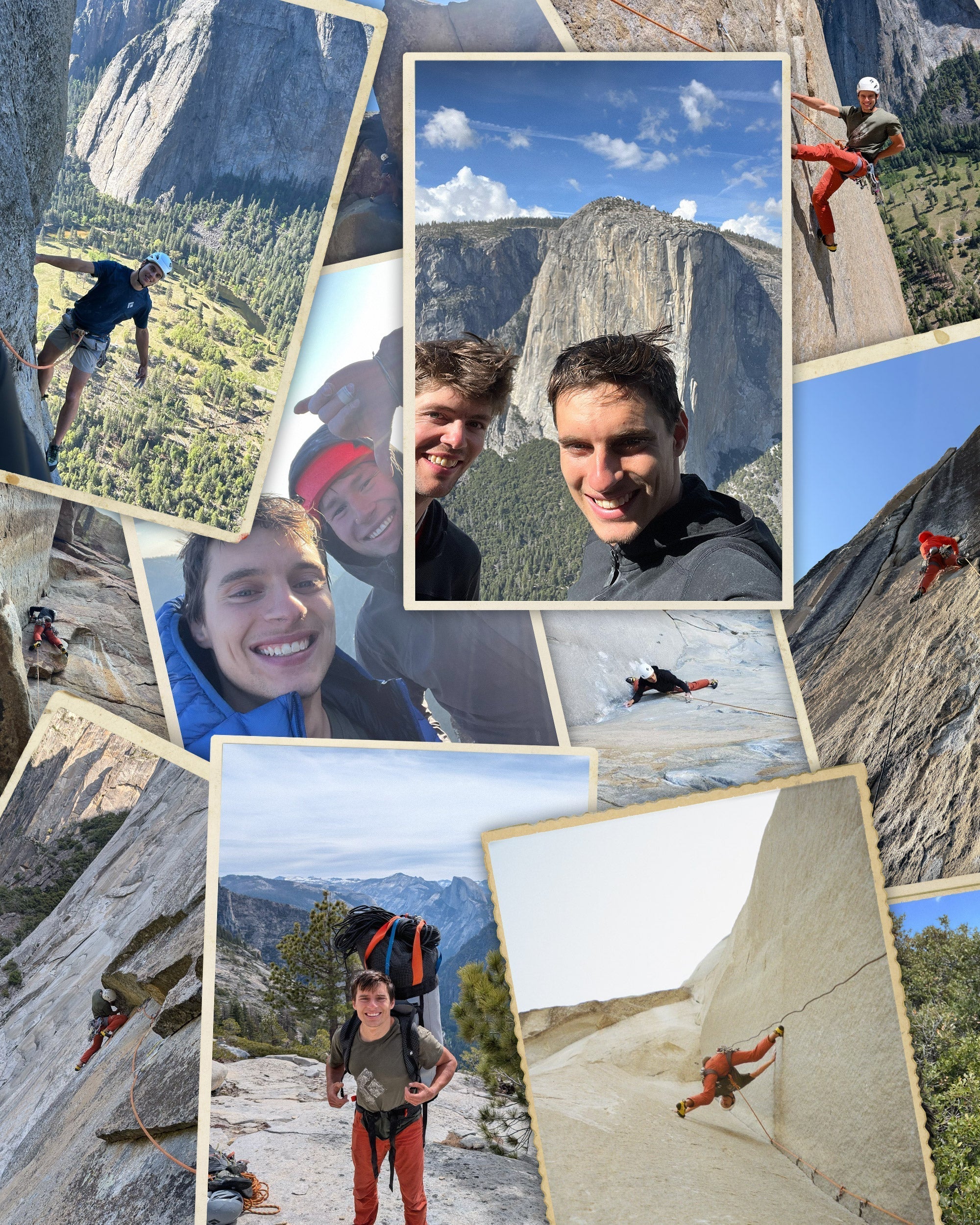
BD Athlete Connor Herson spent as many weekends as possible in the Valley this spring...
BD Athlete Connor Herson spent as many weekends as possible in the Valley this spring during a grueling quarter at Stanford. The objective? Ground up, in-a-day ascents.
